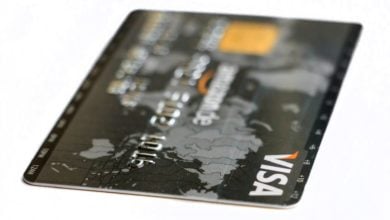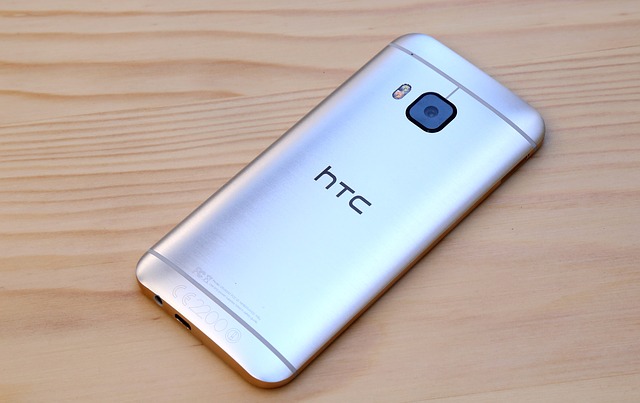Types of Technical Diagrams You Have To Be Aware Of

Technical diagrams are visual depictions of products from multiple perspectives. They typically feature front, plan and end views as well as hidden lines to convey extra geometry information. Technical diagrams are utilized during product planning and design processes.
Information presentations designed specifically to reach non-technical audiences are ideal. Their flexible form can easily resized to meet various viewing dimensions and formats.
Component diagram
Component diagrams are UML (Unified Modeling Language) structural diagrams that demonstrate the relationships among components in a system. Components are the building blocks of systems; each performs specific functions while also interconnecting with others via interfaces or subsystems.
Arrows used to represent connections between components depict either access or dependency relationships, with full circles representing provided interfaces and half circles representing required ones. Furthermore, this diagram shows which information each component produces or needs in order to perform its function effectively.
Ports are small circular or rectangular openings on a component’s boundary that allow it to send and receive signals, while connectors connect these ports with other components – these connections may be labeled with either the lollipop-and-socket notation or symbols for providing and requiring interfaces. Component diagrams are an effective way of creating software architecture as they divide systems into subsystems while communicating its functionalities to stakeholders.
Architectural diagram
Architectural diagrams are used to document the architecture of a system, detailing its components and relationships. Architectural diagrams help stakeholders gain an understanding of how it functions while also being an excellent method for communication between departments or teams working collaboratively on it. EdrawMax offers many tools designed specifically for this task.
Architectural diagrams require that arrows are consistent and clear in their definition. Ideally, they should also be labeled according to what communication types (such as data flow, dependencies or associations ) they represent in order to eliminate ambiguity and allow viewers to easily decipher its contents.
As architects, it is crucial to be mindful of who your architectural diagrams are intended for and provide sufficient details that meet stakeholders’ needs. Too much information will make the diagram hard to read and may quickly become outdated; additionally it must synchronize with code either manually or via modeling tools.
Flowchart
A flowchart can be an effective way to simplify complicated processes by dissecting each step and understanding their relationship with one another. Furthermore, it identifies any bottlenecks or areas for improvement that can help speed up processes. While creating one may seem like an effortless process, keep these tips in mind before beginning!
Terminal points on a process are represented by rounded rectangles with terminal points forming terminal points on either end, parallelograms designating input or output processes and arrows representing its actual flow. A diamond serves as a decision symbol; two or more flow lines branch off from it depending on whether a statement is true or false.
Document shapes represent documents or reports associated with a process. Annotations symbols allow for comments or additional details. Lastly, on-page connector symbols represent any named processes found elsewhere on the diagram.
Sequence diagram
Sequence diagrams are an effective tool for visually depicting interactions among system components and conveying them in a clear manner, making it accessible to stakeholders. Sequence diagrams can also help visualize system processes and foster better collaboration among team members while making system testing and adjustments easier.
At the core of any sequence diagram lies its lifelines and messages that represent interactions among elements. These interactions may be either synchronous or asynchronous and include call/signal messages as well as return messages that indicate when one of those synchronous messages triggers another return message from its recipient. Arrows represent these messages on lifelines while their duration can be measured via vertical lines on lifelines. Return messages also fall under this category if triggered by another synchronous message which implies the recipient will send back another one shortly thereafter.
When an object is removed from an interaction, a mark can be added to its bottom line to indicate this fact. Also, participants can be created at the top of a lifeline using create messages; these participants can then add activation boxes that process different sets of actions.





